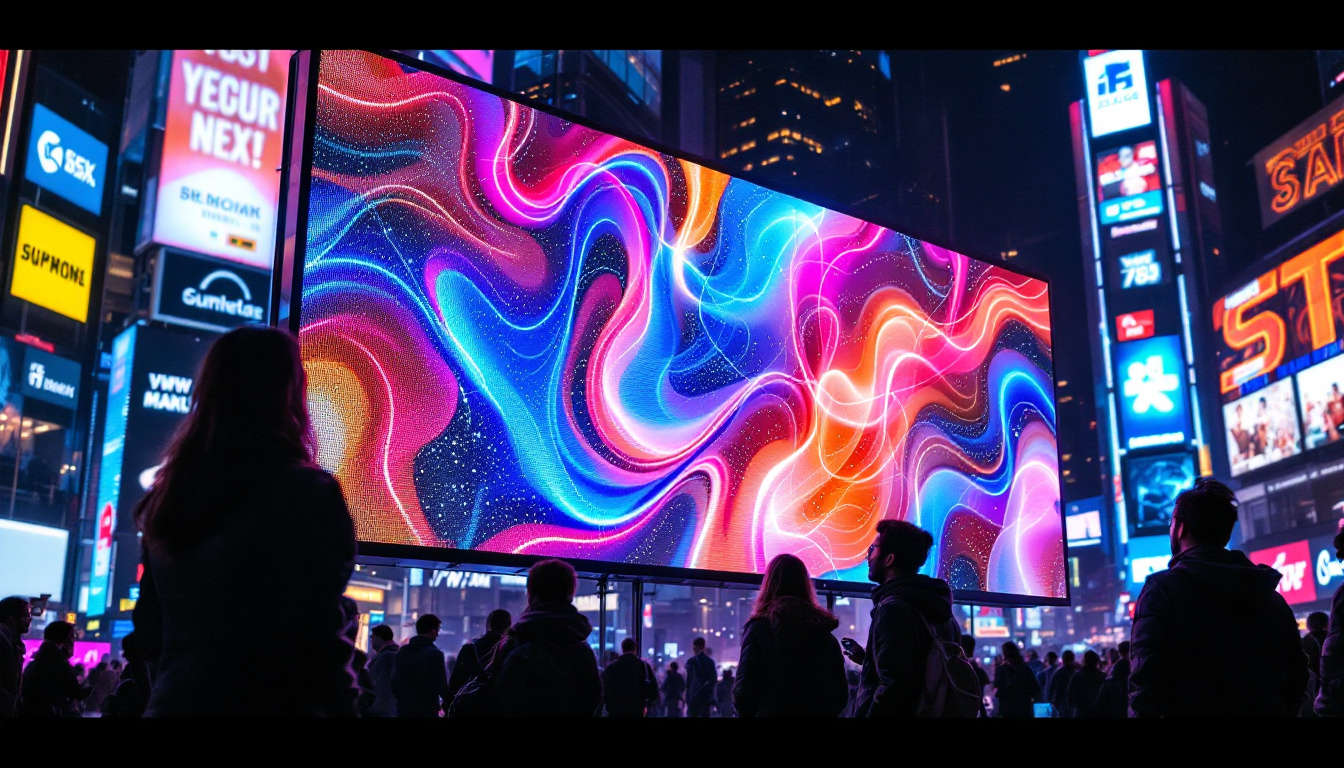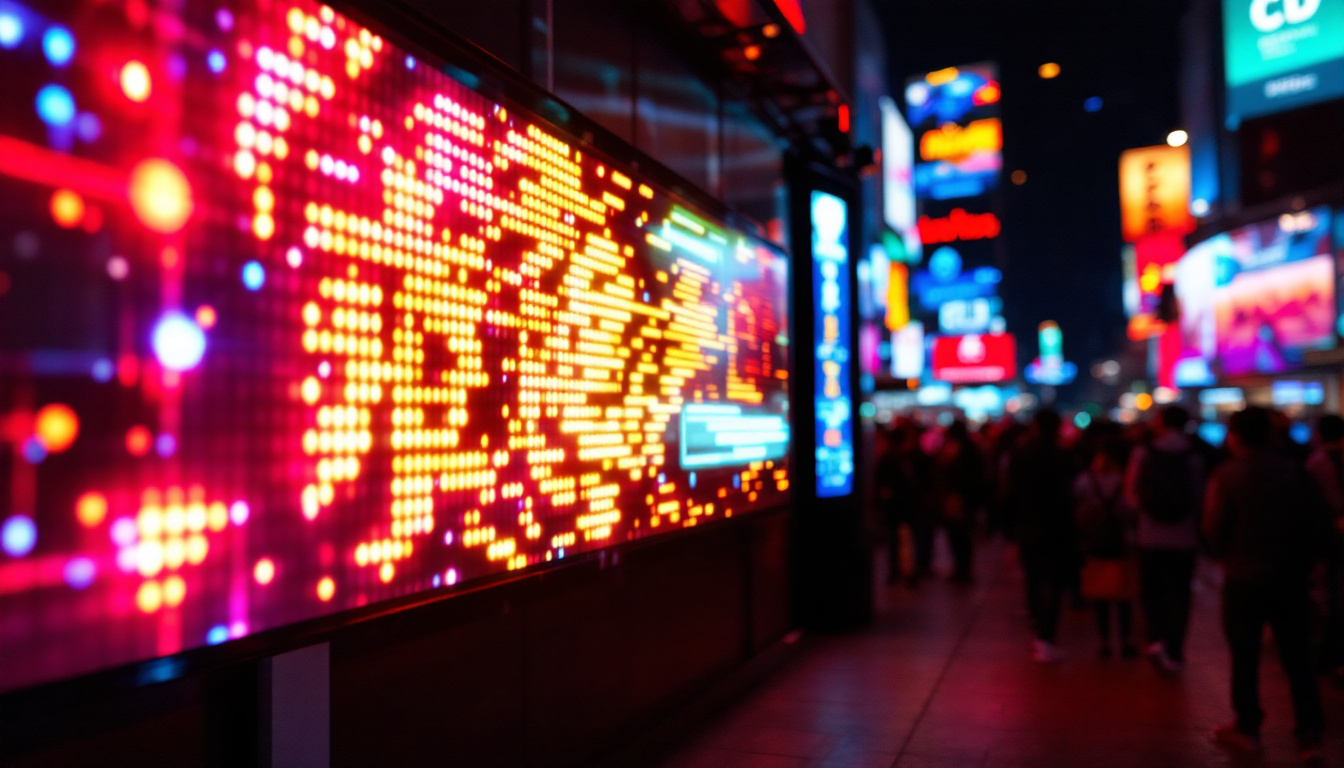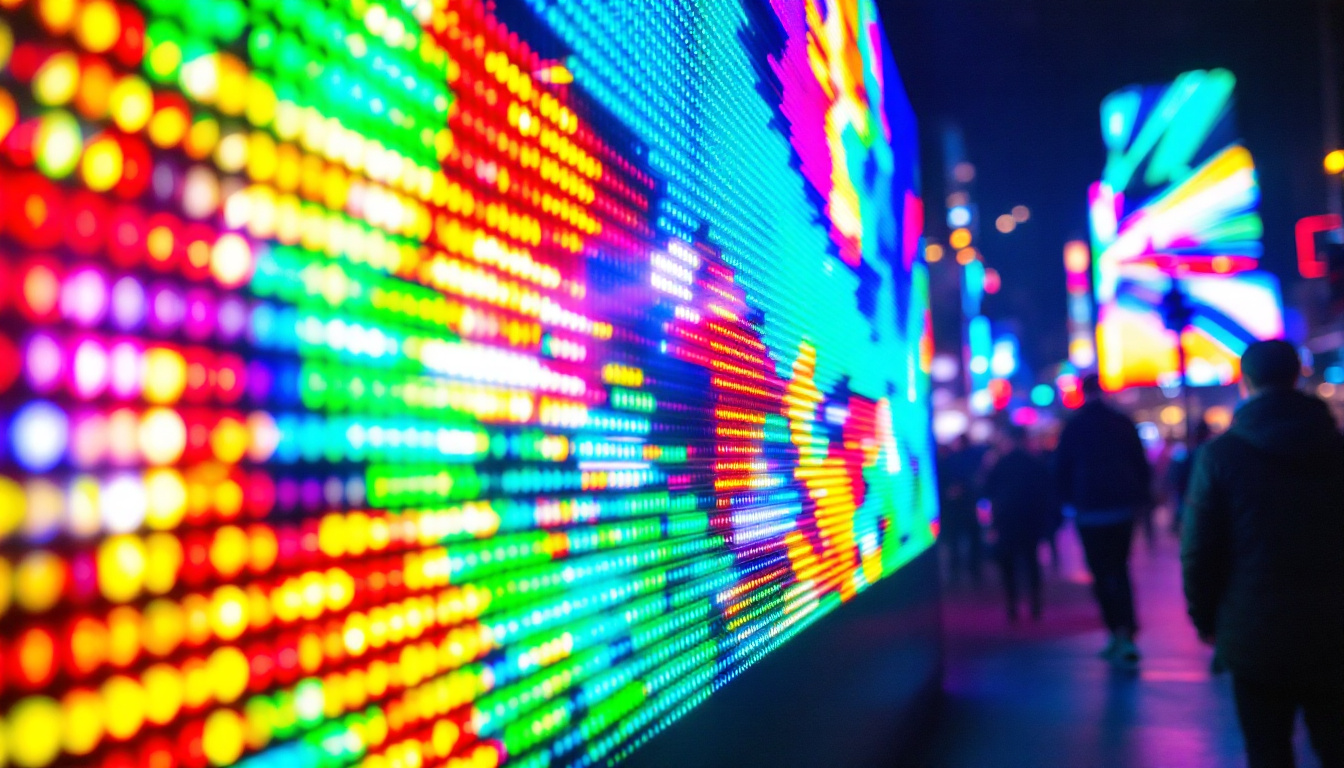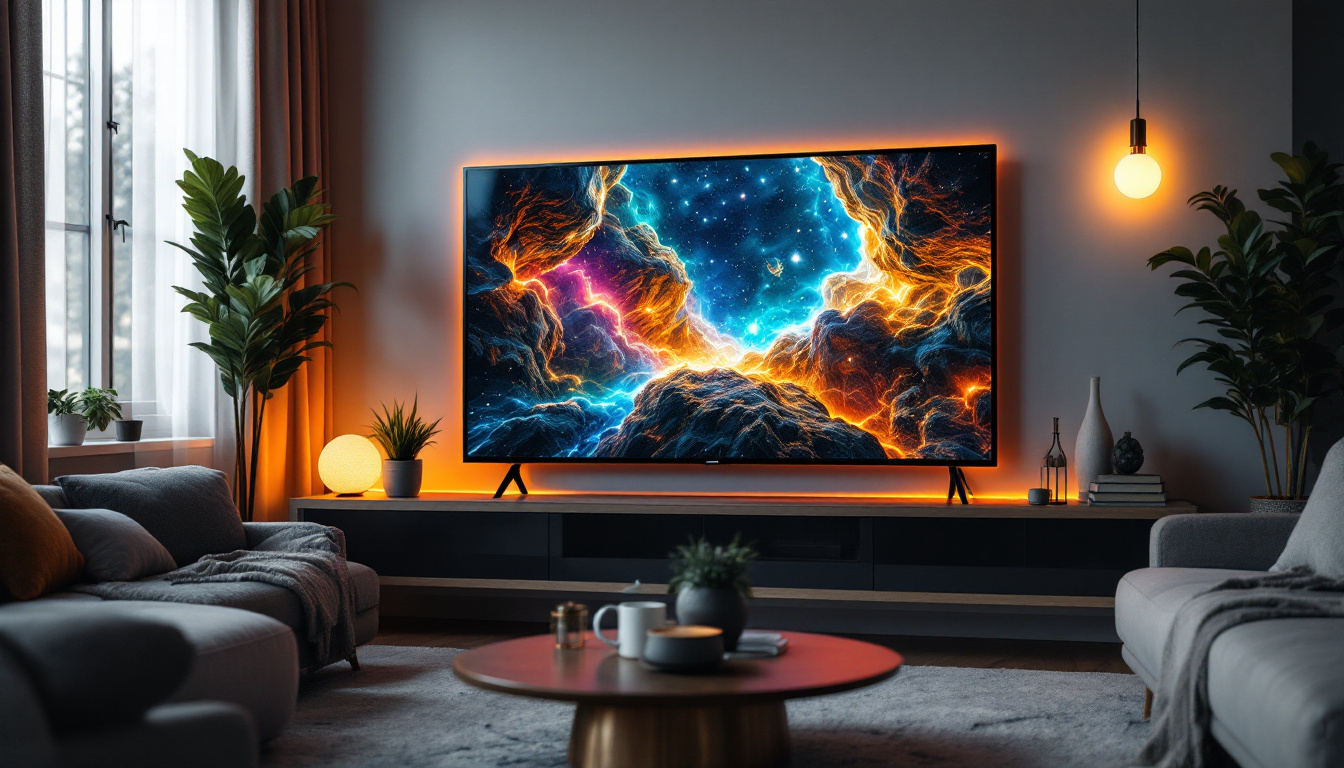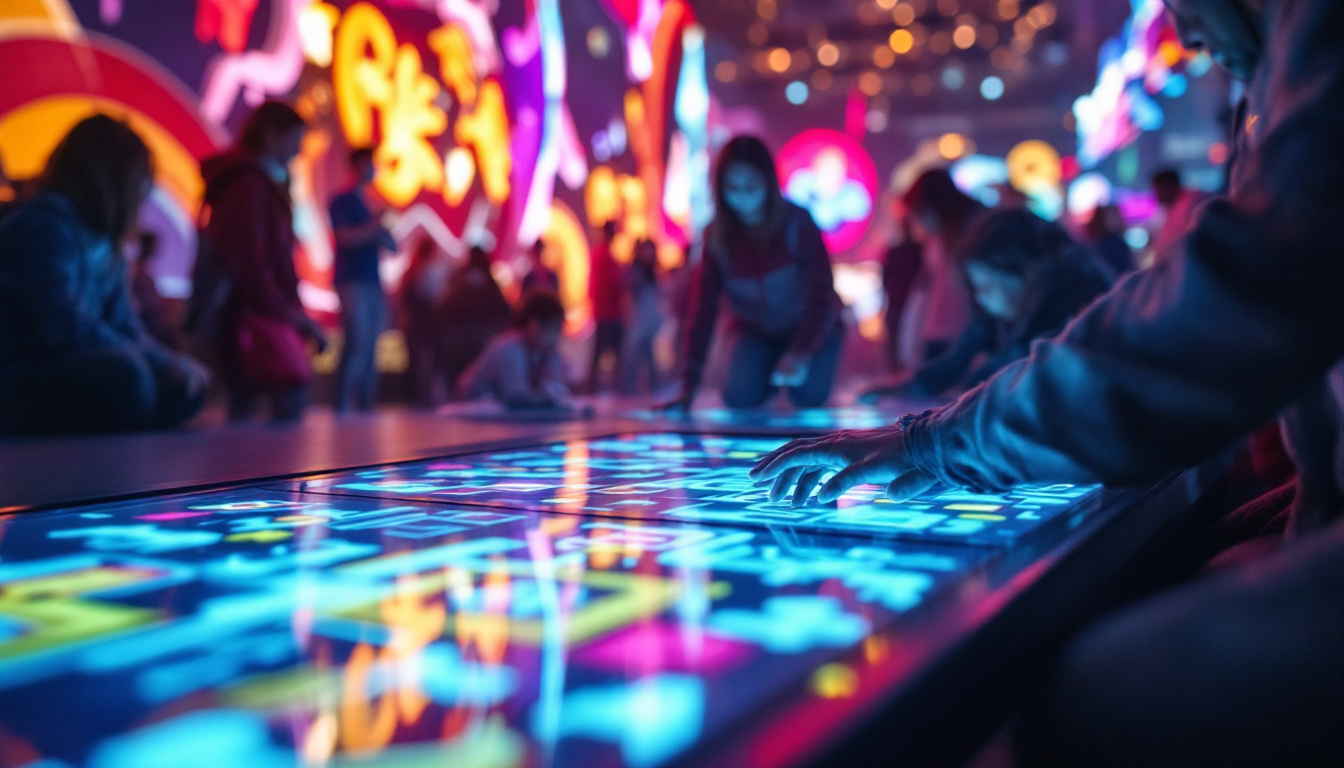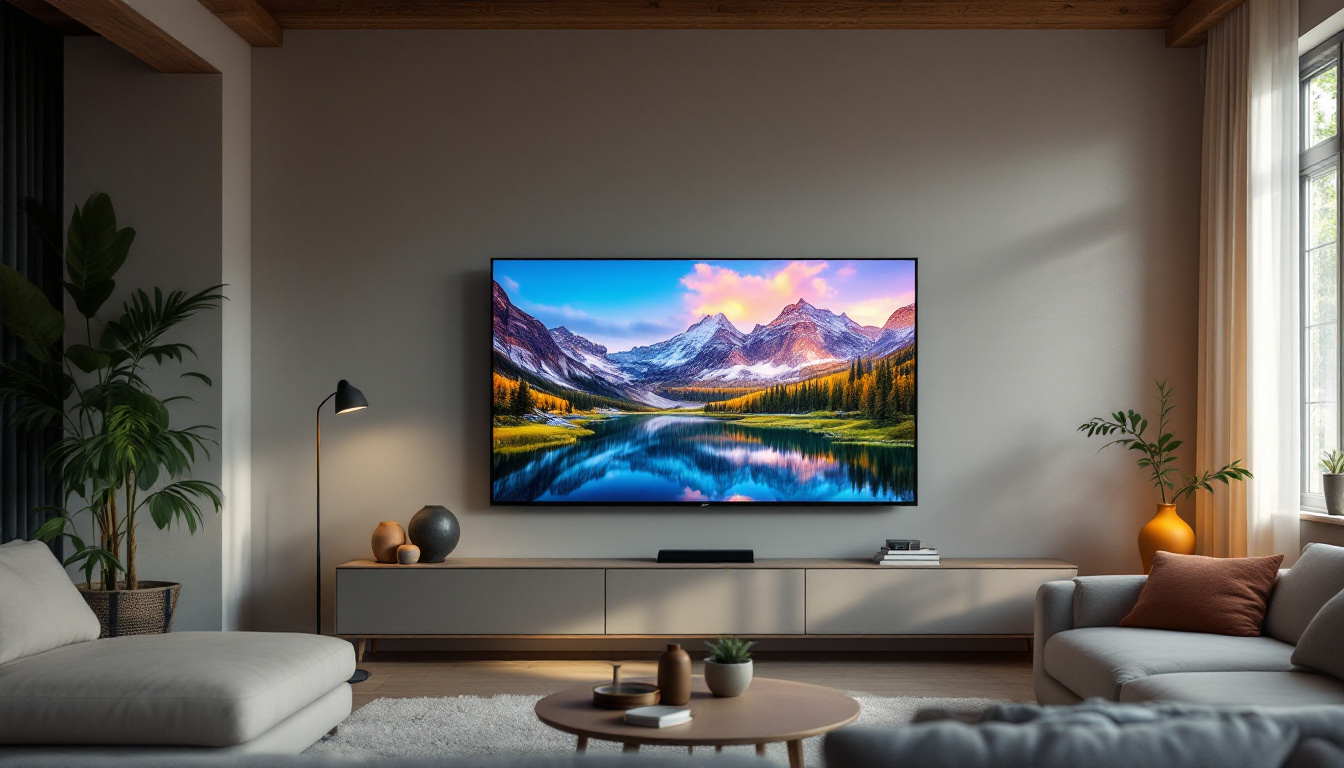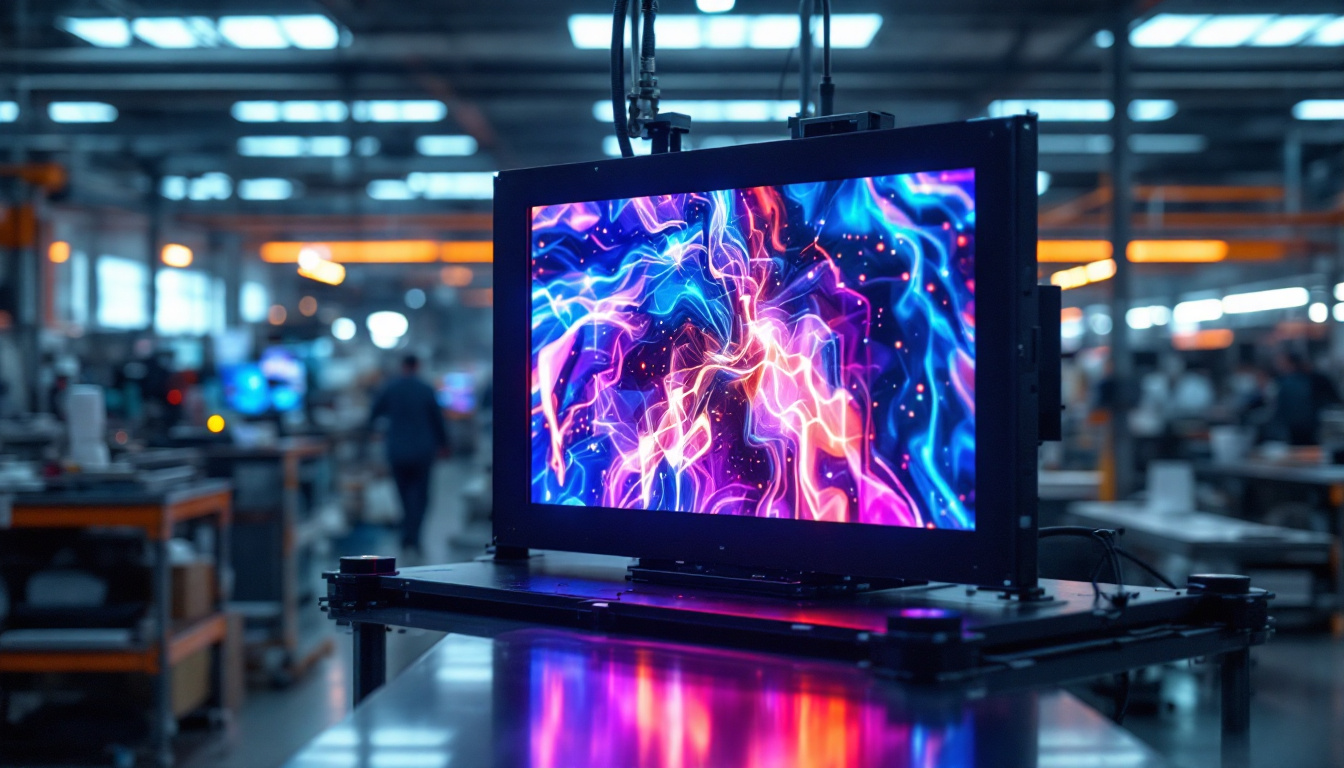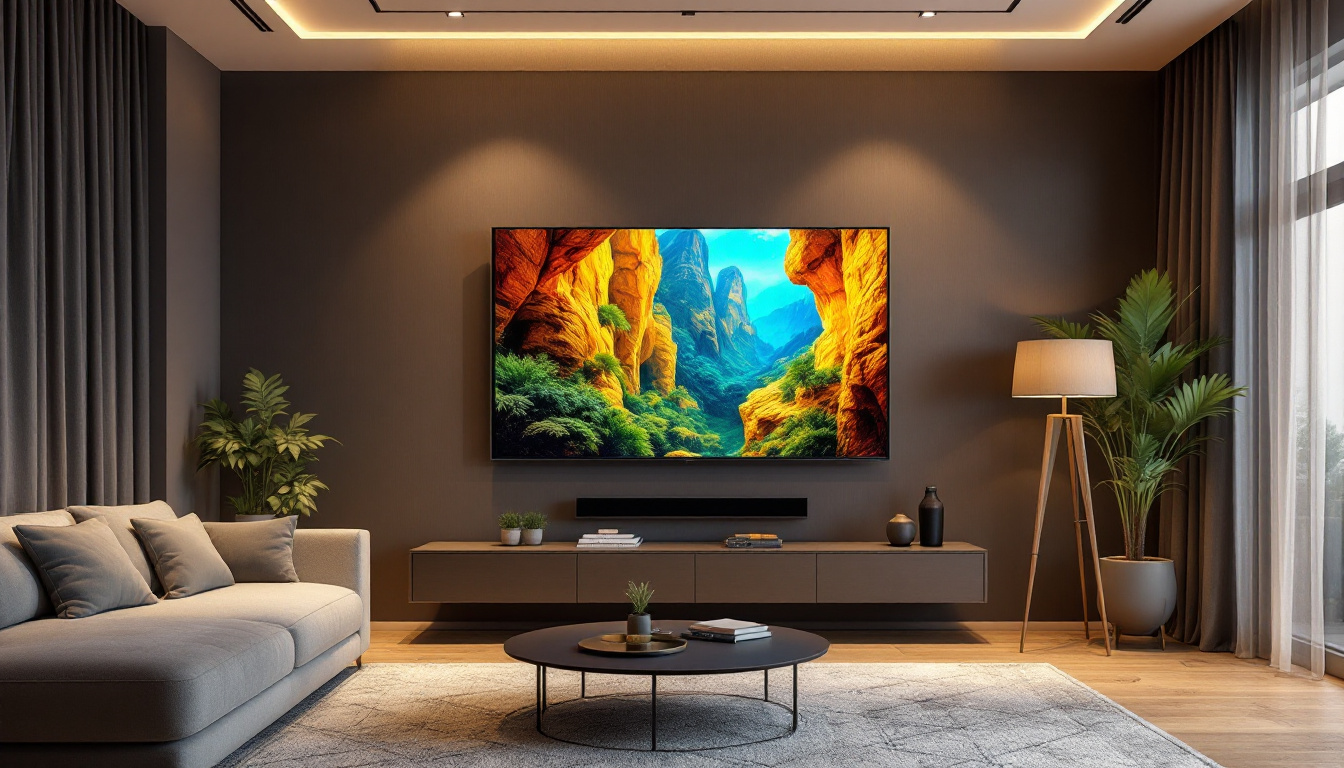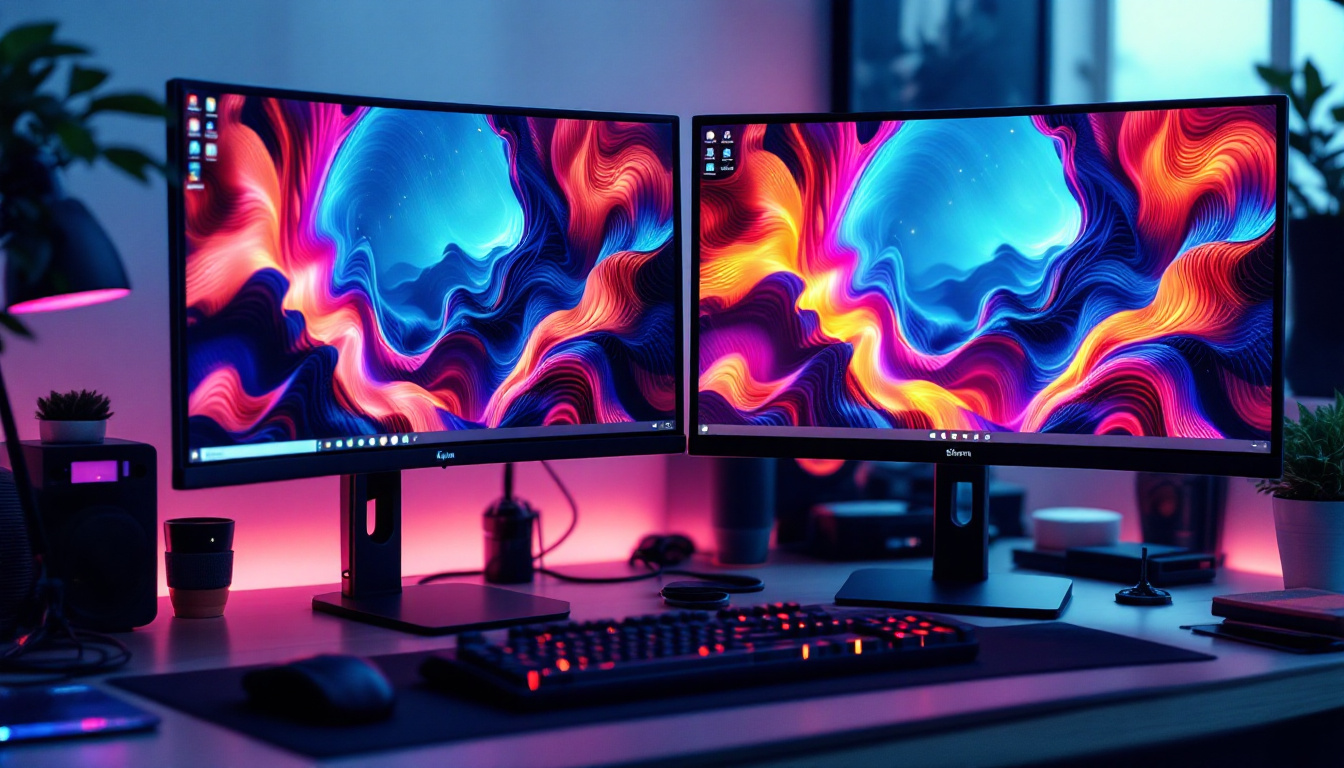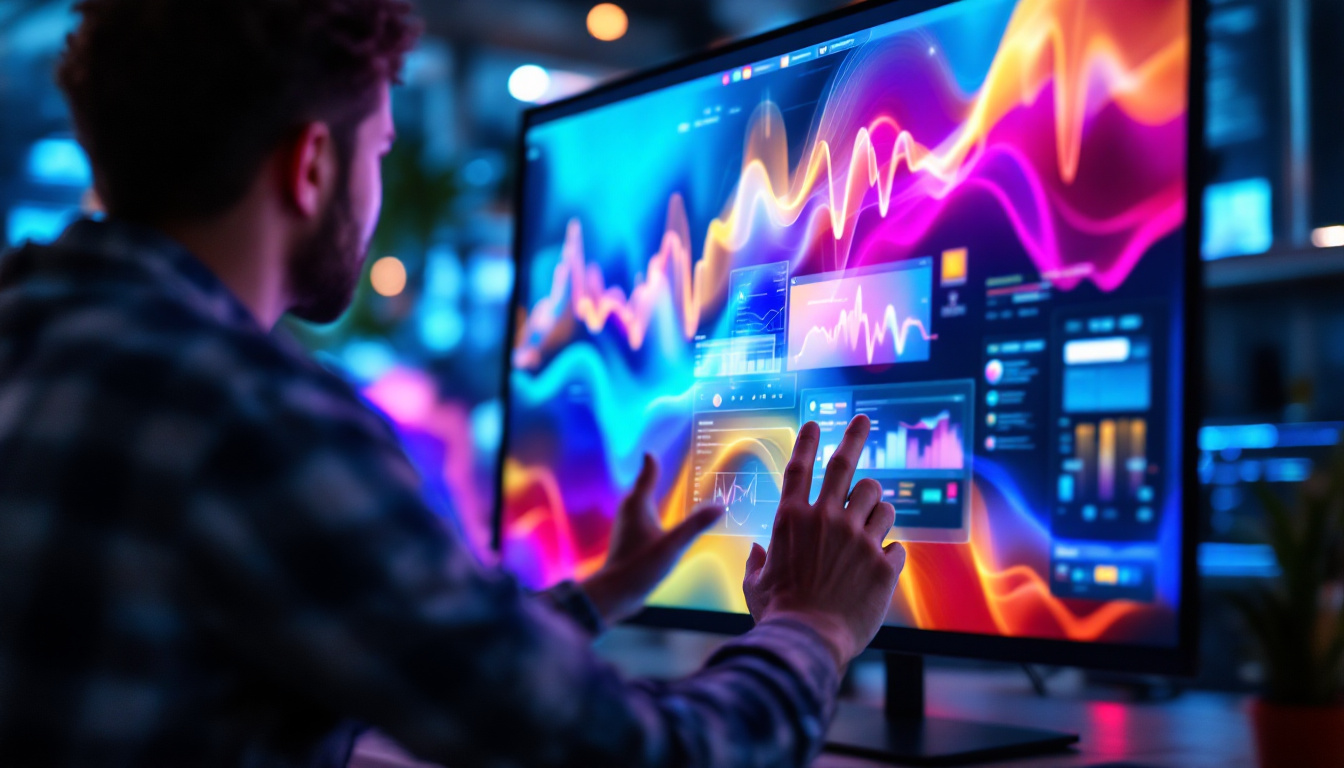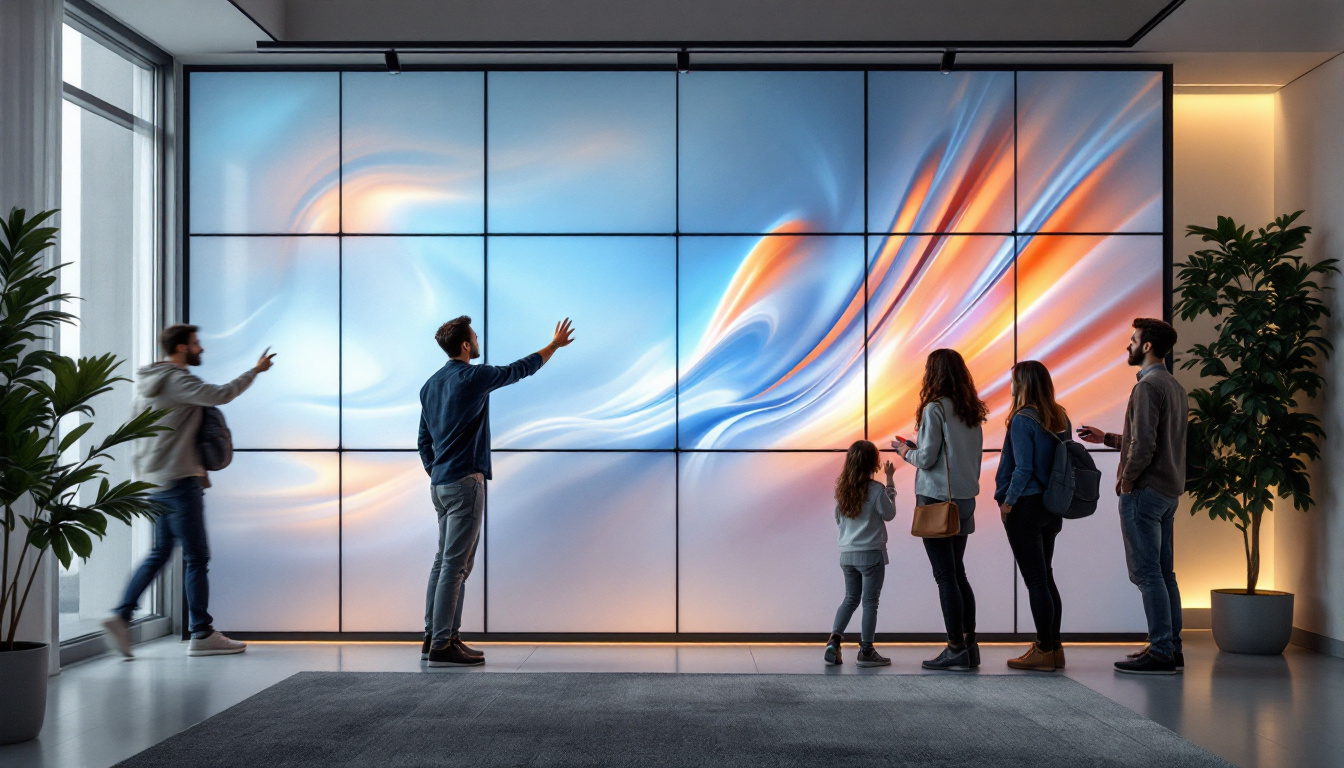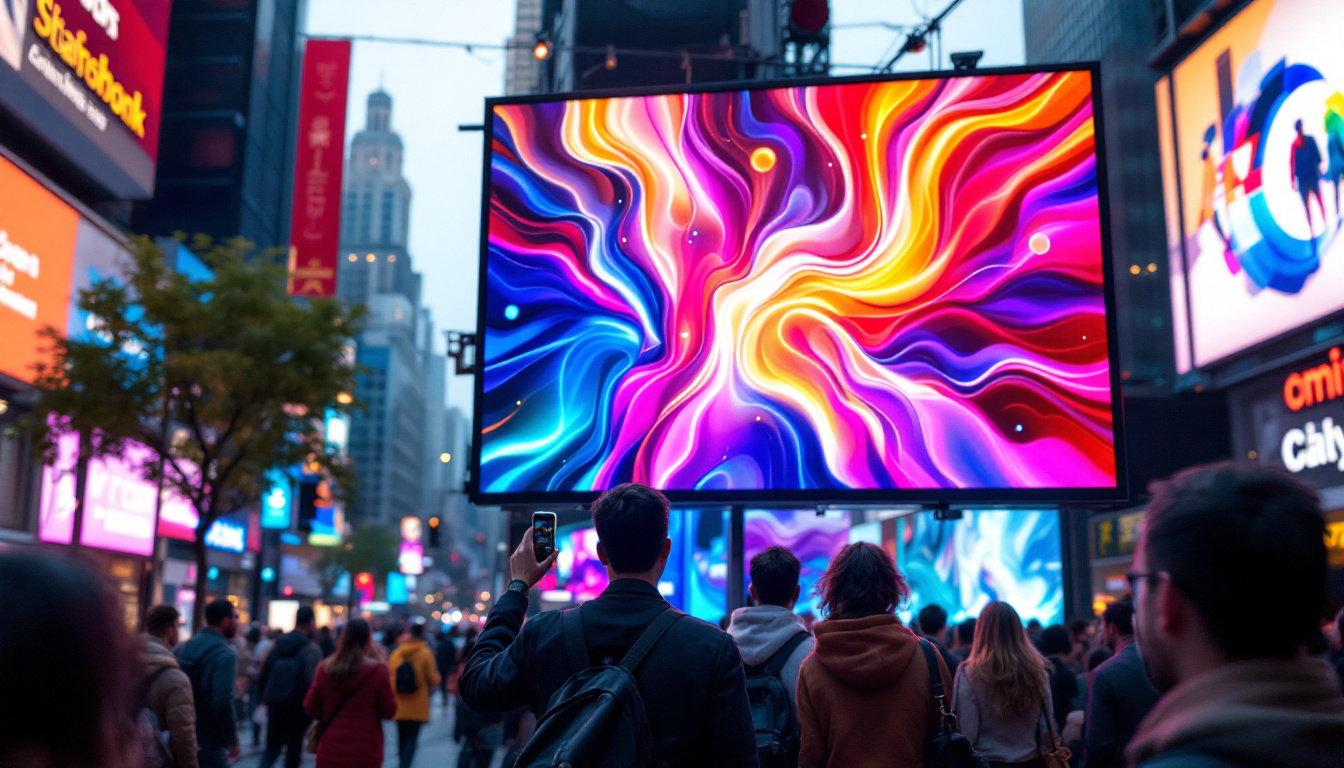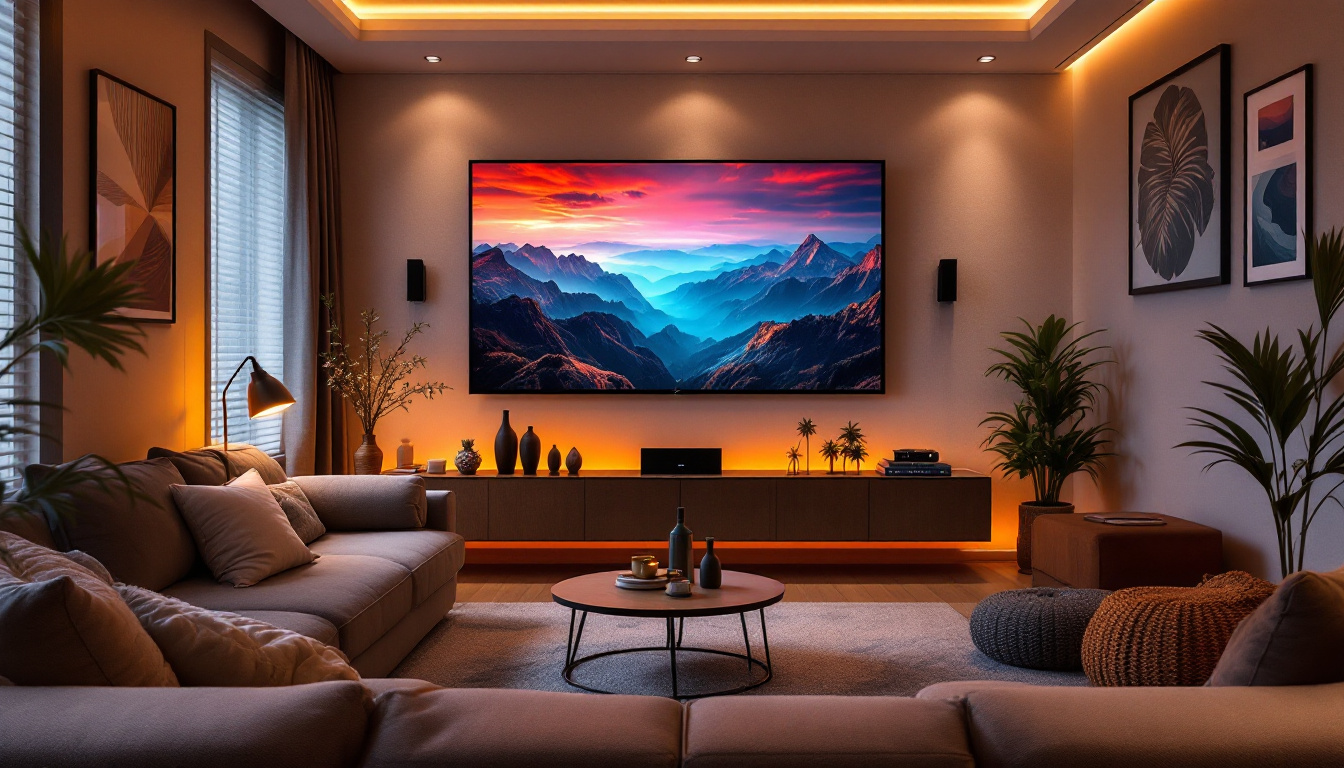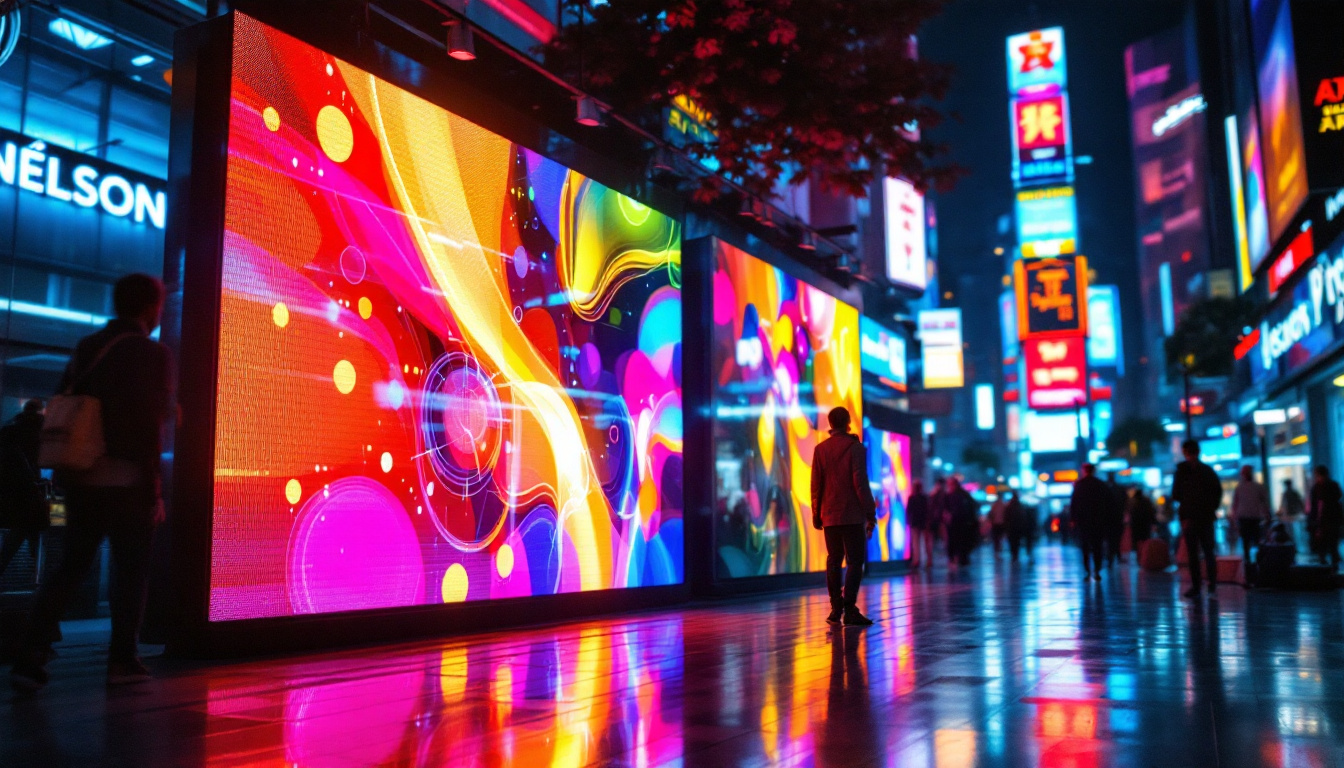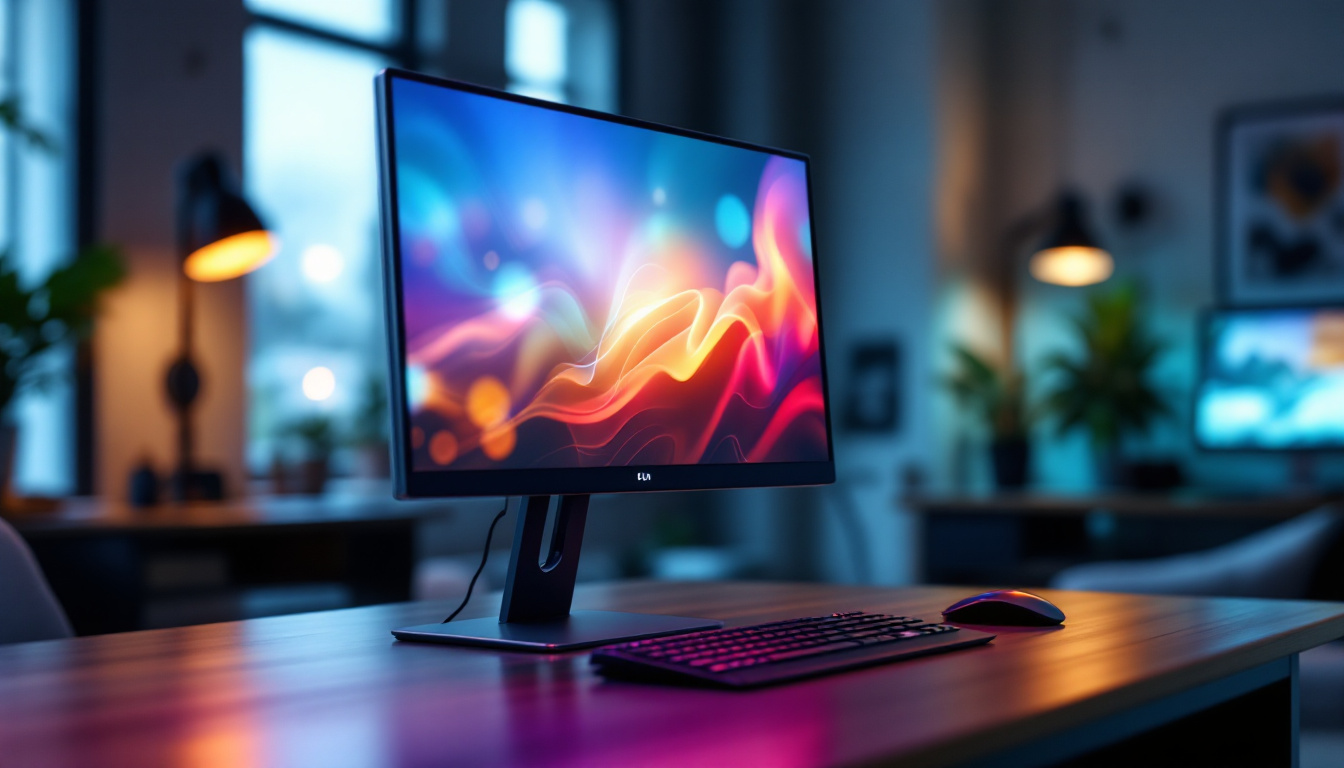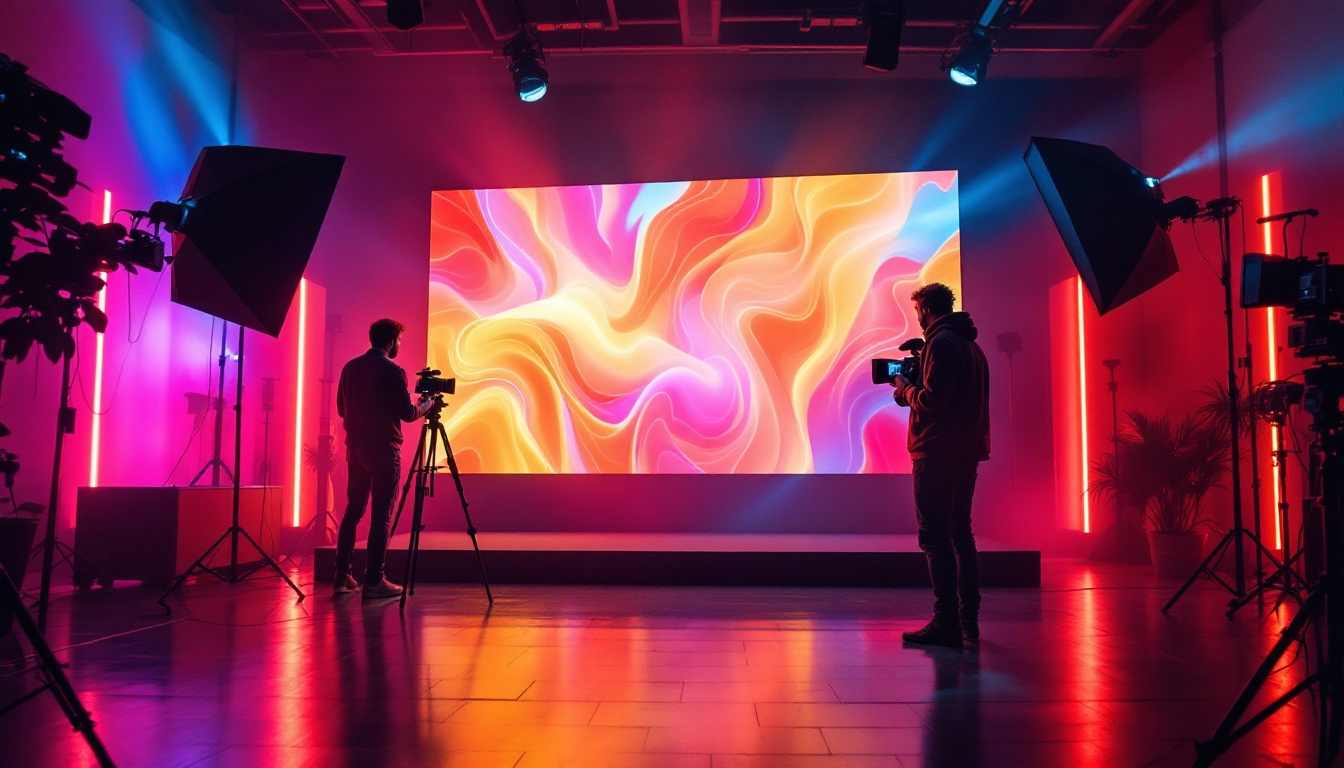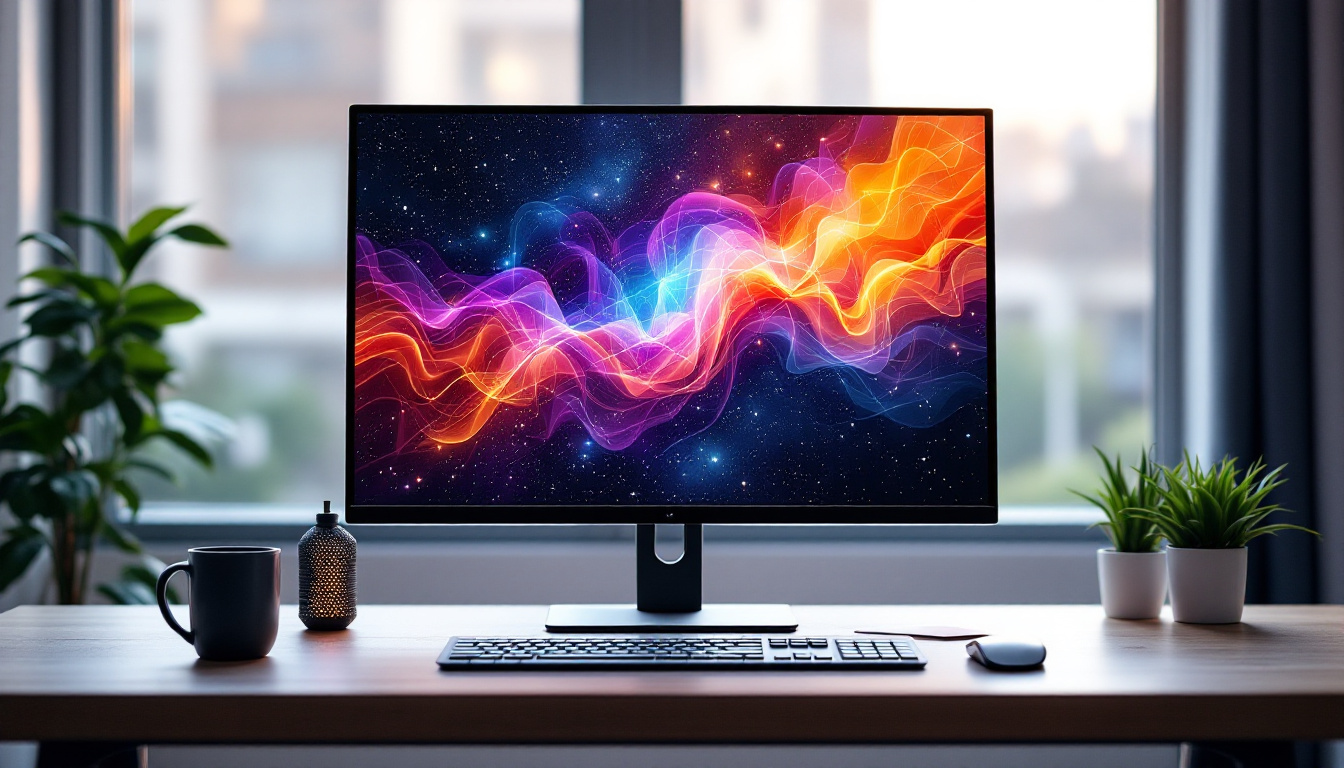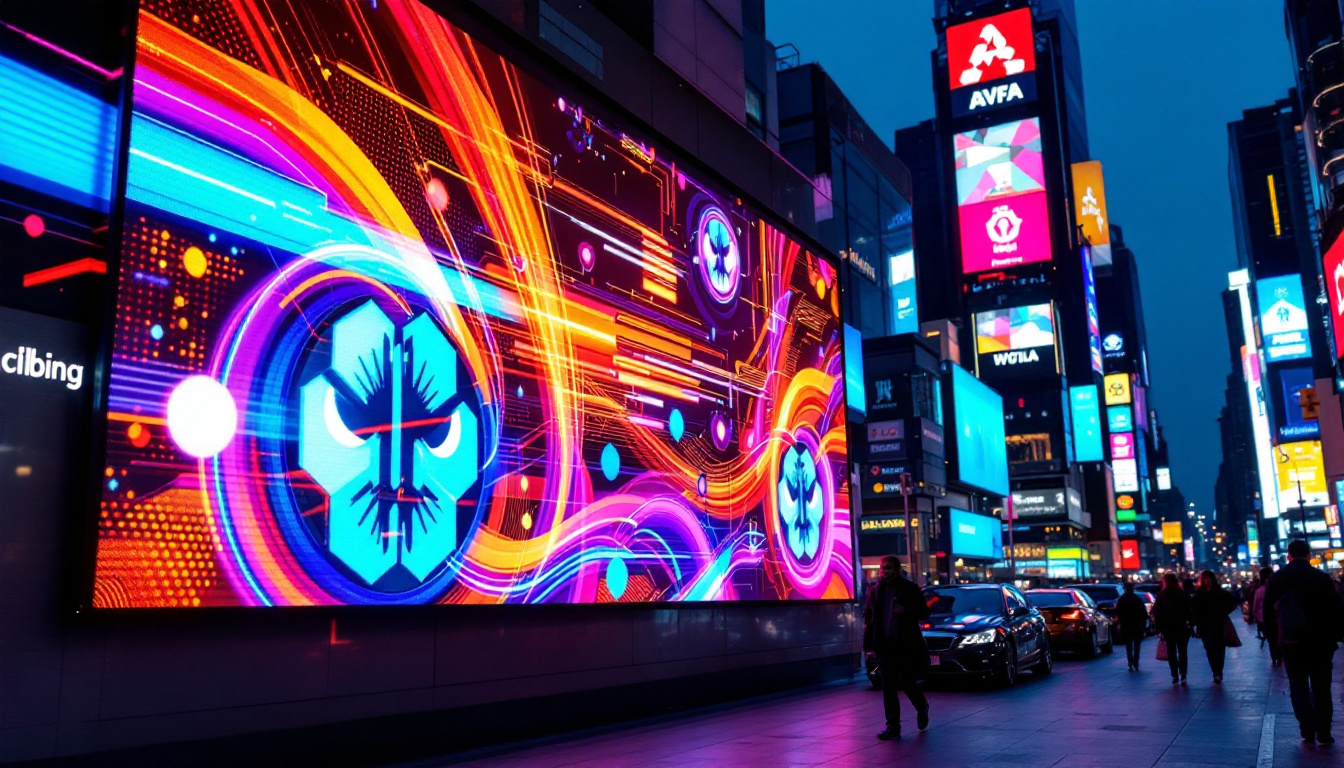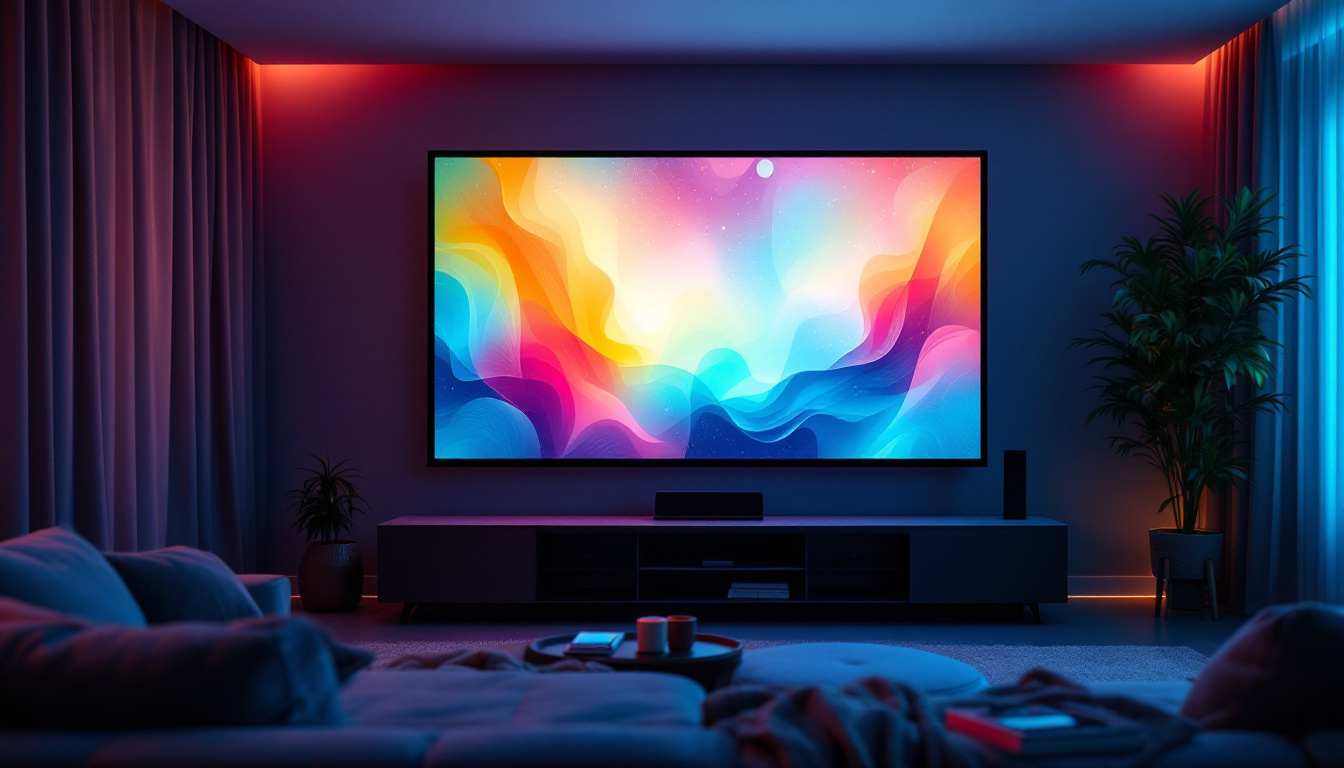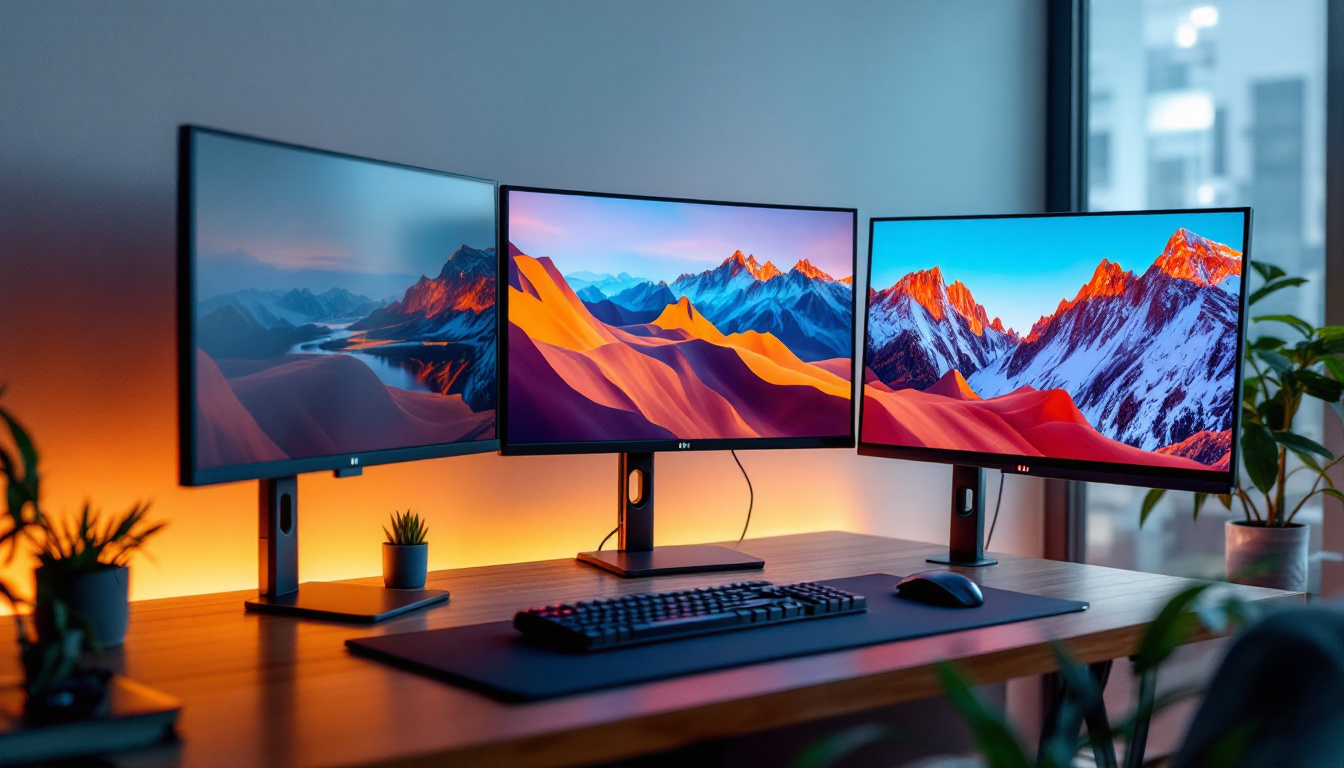In the realm of modern technology, LED displays have become ubiquitous, transforming the way information is presented and consumed. Among the various specifications that define these displays, pixel density, often denoted as “Px,” plays a crucial role in determining the quality and clarity of the images and videos displayed. This article delves into what pixel density means, how it affects LED displays, and why it is essential for various applications.
Understanding Pixel Density
Pixel density refers to the concentration of pixels within a given area of a display, typically measured in pixels per inch (PPI). A higher pixel density indicates more pixels are packed into each inch of the display, leading to sharper images and finer details. This measurement is particularly significant in LED displays, where clarity and detail can greatly enhance the viewer’s experience. As technology advances, the demand for higher pixel densities has surged, pushing manufacturers to innovate and create displays that not only meet but exceed consumer expectations.
How Pixel Density Is Calculated
To calculate pixel density, one must first determine the resolution of the display and its physical dimensions. The formula used is:
PPI = √(width² + height²) / diagonal sizeWhere width and height are the pixel dimensions of the display, and the diagonal size is measured in inches. For example, a display with a resolution of 1920×1080 pixels and a diagonal measurement of 24 inches would have a pixel density of approximately 92 PPI. This number is critical for understanding how well the display can render images and text. Furthermore, as resolutions increase, such as with 4K and 8K displays, the pixel density calculation becomes even more relevant, as it directly impacts the viewing experience, especially for large screens.
Importance of High Pixel Density
High pixel density is vital for several reasons. First and foremost, it enhances image quality. Displays with higher PPI can show finer details, making them ideal for applications like graphic design, video editing, and gaming, where clarity is paramount. Additionally, high pixel density reduces the visibility of individual pixels, creating a more seamless viewing experience. This is particularly important for immersive experiences, such as virtual reality, where the goal is to create a lifelike environment that feels natural to the user.
Moreover, in environments where displays are viewed from close distances, such as smartphones and tablets, high pixel density becomes even more crucial. A display with lower pixel density may appear pixelated or blurry when viewed up close, detracting from the overall experience. In contrast, devices with high pixel density not only improve the visual quality of images and videos but also enhance the readability of text, making it easier for users to engage with content for extended periods. As a result, consumers are increasingly prioritizing devices with higher pixel densities, leading manufacturers to focus on developing cutting-edge display technologies that push the boundaries of what is possible in visual clarity and detail.
The Role of LED Technology
LED (Light Emitting Diode) technology is a significant advancement in display technology, offering numerous advantages over traditional LCDs. One of the most notable benefits of LED displays is their ability to produce brighter images with better contrast ratios. This is particularly important in environments with varying lighting conditions, where visibility can be compromised. The enhanced brightness also allows for better outdoor visibility, making LED displays a preferred choice for outdoor advertising and public information displays.
Advantages of LED Displays
LED displays offer several advantages that contribute to their widespread adoption:
- Energy Efficiency: LED technology consumes less power compared to traditional display technologies, making it a more environmentally friendly option. This energy efficiency not only lowers operational costs but also aligns with global efforts to reduce carbon footprints.
- Longevity: LED displays have a longer lifespan, often lasting tens of thousands of hours, which reduces the need for frequent replacements. This durability is especially beneficial in commercial settings, where downtime can lead to significant revenue loss.
- Vibrant Colors: The ability of LEDs to produce a wider color gamut results in more vibrant and accurate color reproduction. This characteristic is crucial for applications requiring precise color accuracy, such as graphic design and photography.
Applications of LED Displays
LED displays are used in various applications across multiple industries:
- Advertising: Billboards and digital signage utilize LED technology to capture attention with bright, dynamic content. The flexibility of LED displays allows advertisers to change messages quickly, making them ideal for time-sensitive promotions.
- Television: Modern televisions often employ LED technology for improved picture quality and energy efficiency. The integration of smart technology with LED displays has further enhanced user experience, allowing for features like streaming and interactive content.
- Smartphones: Many smartphones use LED displays to provide high-resolution images in a compact form factor. The incorporation of OLED (Organic LED) technology in smartphones has taken color vibrancy and energy efficiency to new heights, enabling deeper blacks and more vivid colors.
In addition to these applications, LED technology is making significant strides in the field of automotive displays. Modern vehicles often feature LED screens for dashboards, infotainment systems, and even headlights, improving both functionality and aesthetics. The ability to customize lighting and display information in real-time enhances driver safety and experience, showcasing the versatility of LED technology in everyday life. Furthermore, the rise of smart home devices has seen LED technology integrated into lighting systems, allowing for programmable and energy-efficient home environments that adapt to the needs of the inhabitants.
Pixel Density in Different Applications
Understanding pixel density is essential for selecting the right display for specific applications. Different uses require varying levels of pixel density to achieve optimal performance.
Consumer Electronics
In consumer electronics, such as smartphones and tablets, high pixel density is crucial. Devices with pixel densities above 300 PPI are often considered “retina” displays, as they provide a viewing experience where individual pixels are virtually indistinguishable to the human eye. This level of clarity enhances the experience of reading text, viewing images, and playing games.
Professional Displays
For professional applications, such as graphic design and video production, pixel density becomes even more critical. Designers and editors rely on high-resolution displays to ensure that their work is accurately represented. Displays with pixel densities exceeding 200 PPI are often preferred in these fields, as they allow for precise detail and color accuracy.
Large Format Displays
In large format displays, such as those used for advertising or public information, pixel density can vary significantly based on viewing distance. For instance, a display intended for close viewing, like a kiosk, requires a higher pixel density than one designed for a billboard viewed from a distance. Understanding the intended use and viewing distance is essential for selecting the appropriate pixel density for large displays.
Evaluating Pixel Density
When evaluating pixel density for a specific application, several factors should be considered. These include the resolution of the display, the size of the screen, and the distance from which it will be viewed.
Resolution vs. Screen Size
The resolution of a display is a critical component of pixel density. A higher resolution means more pixels are available to fill the screen. However, if the screen size is also increased without a corresponding increase in resolution, the pixel density may decrease, leading to a less sharp image. Therefore, it is essential to strike a balance between resolution and screen size to achieve the desired pixel density.
Viewing Distance
Viewing distance plays a significant role in determining the necessary pixel density for a display. The closer a viewer is to the screen, the higher the pixel density required to maintain image clarity. Conversely, displays viewed from a distance can have lower pixel densities without sacrificing perceived quality. This principle is particularly relevant in large venues, where screens are often viewed from several feet away.
Future Trends in Pixel Density and LED Displays
The landscape of pixel density and LED displays is continually evolving, driven by advancements in technology and consumer demand for higher quality visuals. As manufacturers strive to create displays with even higher pixel densities, several trends are emerging.
MicroLED Technology
MicroLED technology is one of the most promising advancements in display technology. It utilizes tiny, self-emissive LEDs to create images, allowing for higher pixel densities and improved color accuracy. MicroLED displays can achieve pixel densities exceeding 500 PPI, making them ideal for applications requiring exceptional detail and clarity.
Flexible Displays
Flexible displays are another trend gaining traction. These displays can be bent and shaped to fit various applications, from wearable devices to curved televisions. As flexible display technology advances, it is expected that pixel density will also improve, providing consumers with more options for high-quality visuals in unique formats.
AI and Image Processing
Artificial intelligence (AI) is increasingly being integrated into display technology, enhancing image processing capabilities. AI algorithms can upscale lower-resolution content to match higher pixel densities, improving the viewing experience. This technology allows consumers to enjoy high-quality visuals without necessarily needing the highest resolution displays.
Conclusion
In conclusion, pixel density is a fundamental aspect of LED displays that significantly impacts image quality and viewer experience. Understanding the importance of pixel density, along with the role of LED technology, is essential for making informed decisions when selecting displays for various applications. As technology continues to evolve, advancements in pixel density and display capabilities will undoubtedly shape the future of visual media, offering consumers and professionals alike even more vibrant and detailed viewing experiences.
Discover LumenMatrix’s Advanced LED Display Solutions
Ready to experience the pinnacle of pixel density and LED display technology? LumenMatrix is at the forefront of innovation, offering a wide array of LED display solutions tailored to meet your needs. From captivating Indoor LED Wall Displays to dynamic Outdoor LED Wall Displays, and from versatile Vehicle LED Displays to sleek LED Poster Displays, our products are designed to revolutionize visual communication. Elevate your brand visibility and engage your audience like never before with our LED Sports Displays, Floor LED Displays, Custom LED Displays, All-in-One LED Displays, and LED Transparent Displays. Don’t miss out on the opportunity to transform your visual presentations. Check out LumenMatrix LED Display Solutions today and empower your business with unparalleled clarity and impact.

